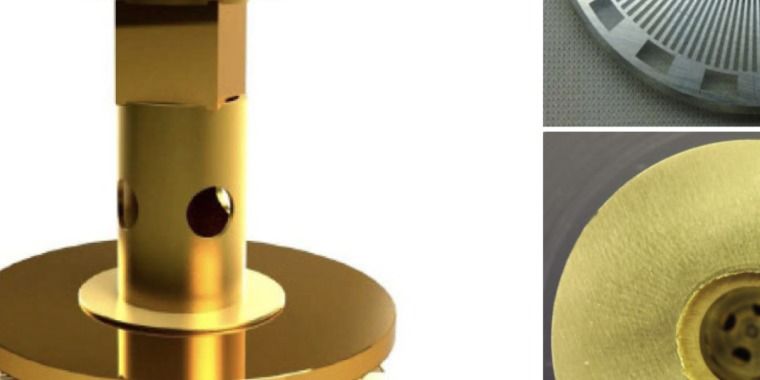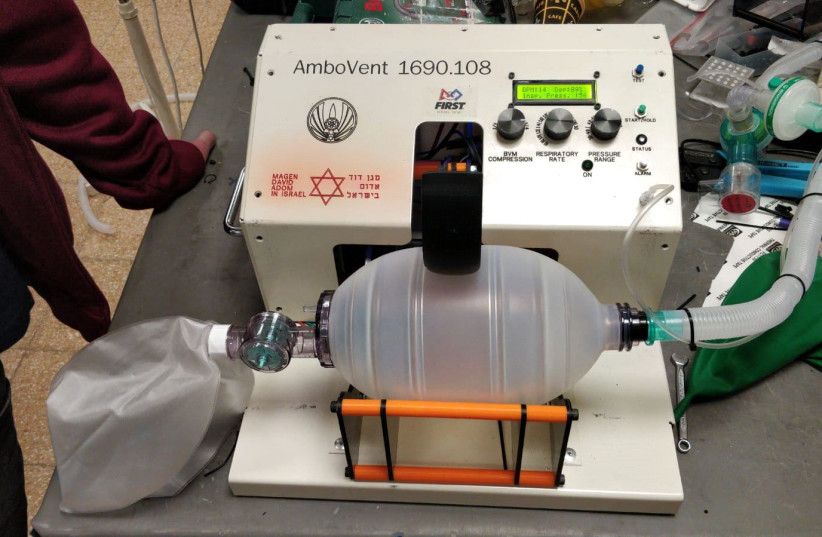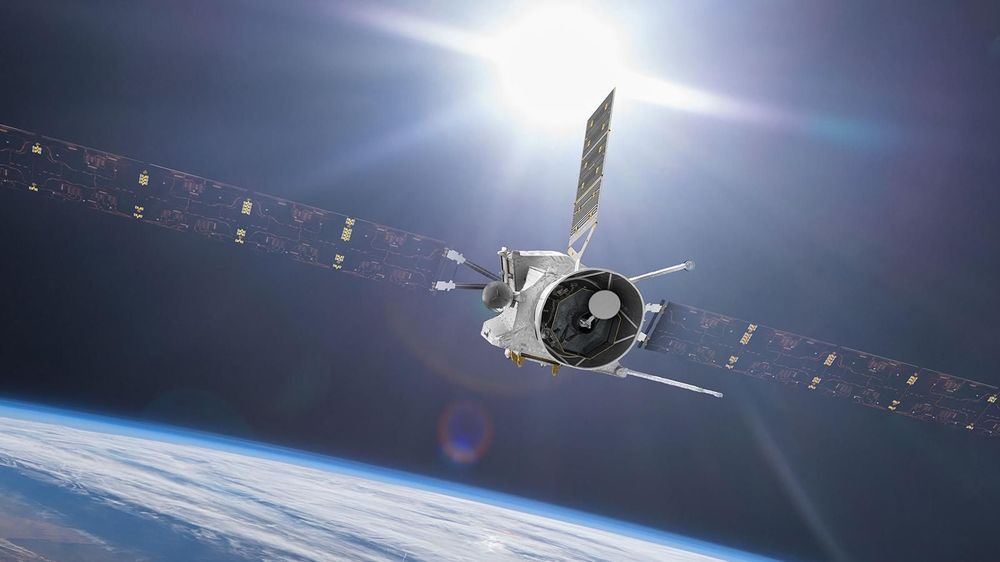Geoelectrical hazard map could reduce the risk of blackouts.




Is a low-cost Israeli #ventilator the key to saving #coronavirus patients in #Iran, Africa and more?
“We are not talking about a website for the general public, we are talking about engineers and other experts, and we know the groups who are working on it because they are in touch with us via WhatsApp and emails, to ask questions and understand how to proceed,” he said.
“AmboVent” is a device inspired by the bag-valve mask ventilators that paramedics use when they’re manually ventilating patients in an ambulance, which also offers controls for respiration rate, volume, and maximum peak pressure. Organizations involved in its development include the Magen David Adom, Israeli Air Force 108 Electronics Depot; physicians from Hadassah and Tel Aviv Sourasky medical centers; Microsoft; Rafael, an Israeli defense contractor; Israeli Aerospace Industries; and mentors and students from FIRST Israel, a student robotics organization.
A key feature of the project is that not only the technology is opensource, but its components can be easily built with limited tools and parts, for example 3D printers and car pieces, making the production much more accessible even in less developed country.
“We kept the design and every aspect of it very simple so it would be as easy as possible to be replicated from everywhere,” he said.

The Air Force Research Laboratory (AFRL), based at Wright-Patterson Air Force Base, has delivered what it says is the Air Force’s first high-energy laser weapon for battlefield use against drones.
AFRL has set up the laser weapon system overseas for a 12-month field assessment. The Air Force Strategic Development Planning & Experimentation (SDPE) Office located at Wright-Patt is leading the project, AFRL said in a statement Monday.


#quantum #photonics
COPENHAGEN, April 3, 2020 — Using lasers, researchers at the Niels Bohr Institute at the University of Copenhagen have developed a way to entangle electromagnetic fields from microwave radiation and optical beams. Creating entanglement between microwave and optical fields could help scientists solve the challenge of sharing entanglement between two distant quantum computers operating in the microwave regime.

Boeing flubbed the first mission of the CST-100. Seemingly a routine mission for SpaceX after completing over 20 deliveries to the International Space Station, Boeing showed how not to do it. During the December 2019 Demo flight for the Boeing Starliner CST-100, the Starliner did not reach its planned orbit. Nor did the Starliner dock to the International Space Station as planned. Boeing was able to complete a number of mission objectives during the flight to comply with the milestones related to NASA’s Commercial Crew.
On the ULA Atlas V rocket at 6:36 a.m. Friday, Dec. 20, the Boeing Starliner launched from Space Launch Complex 41 at Cape Canaveral Air Force Station in Florida. Boeing has a long rich history in both aviation and spaceflight. This mission, already three years behind in schedule, should have been a slam dunk.
After launching to the incorrect orbit, Boeing was able to successfully recover the Starliner. NASA shared that Boeing’s CST-100 Starliner spacecraft did successfully complete the first land touchdown of a human-rated capsule at the White Sands Space Harbor in New Mexico at 7:58 a.m. EST (5:58 a.m. MST) on December 22, 2019. The landing followed a deorbit burn for the botched flight, separation of the spacecraft’s service module, and successful deployment of its three main parachutes and six airbags. Boeing’s approach to the Starliner is unique as the prior US-made capsules, including the SpaceX Dragon, are water recoveries.



Welcome to the twilight zone.
TOKYO (Reuters) — Spring graduation ceremonies in Japan have been cancelled because of the coronavirus pandemic, but students at one school were able to attend remotely by controlling avatar robots while logged on at home.
The robots, dubbed “Newme” by developer ANA Holdings, were dressed in graduation caps and gowns for the ceremony at the Business Breakthrough University in Tokyo.
The robots’ “faces” were tablets that displayed the faces of the graduates, who logged on at home and controlled the robots via their laptops.